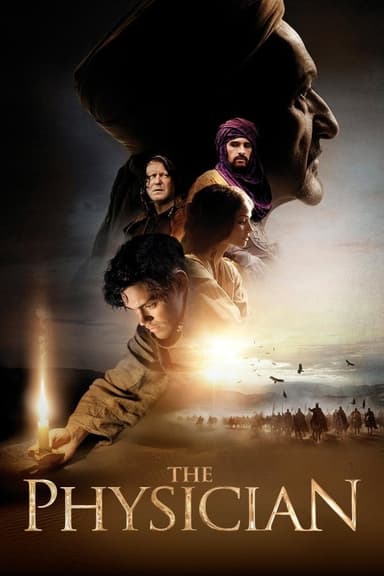
Purple Hearts
2022 • Drama, Romance • PG-13
An aspiring musician agrees to a marriage of convenience with a soon-to-deploy Marine, but a tragedy soon turns their fake relationship all too real.
Runtime: 2h 2m
Why you should read the novel
If you enjoyed the heartfelt storytelling in the film adaptation of Purple Hearts, you'll find even greater depth and intimacy within Tess Wakefield's original novel. The book allows readers to step directly into the minds of Cassie and Luke, offering a more nuanced understanding of their struggles, motivations, and evolving relationship. Through prose, Wakefield intricately unpacks the realities of love and hardship, unbound by the time constraints and simplifications of a movie format.
Experiencing the novel, you'll encounter rich backstories, internal dialogues, and genuine emotional journeys that often get glossed over in film. Wakefield’s writing doesn't shy away from the complexities of military life or the challenges faced by those living paycheck to paycheck. These details build empathy, encourage thought, and make Cassie and Luke's romance all the more believable and inspiring.
Choosing to read Purple Hearts connects you more deeply with the characters and themes you loved on screen. The questions the novel raises about loyalty, sacrifice, and resilience linger far longer than the film’s runtime—making the book a more immersive and rewarding experience.
Adaptation differences
One notable difference between Tess Wakefield's novel Purple Hearts and its movie adaptation is the portrayal of Cassie’s and Luke’s backgrounds. The book delves more deeply into their personal histories, exploring Cassie’s complex relationship with her mother and the roots of her distrust, while the film streamlines her character for pacing. Luke’s struggles with addiction and trauma receive greater nuance in the novel, highlighting his internal battles in ways the movie only hints at.
Another key divergence relates to secondary characters and the depth of relationships outside the central romance. The book offers richer interactions with family and friends, providing context for Cassie’s and Luke’s decisions and emotional growth. Many of these moments are condensed or omitted in the film for narrative efficiency, which can reduce the emotional impact and complexity found in the original story.
The ending of the novel and movie also differ in tone and execution. While both resolve the central conflict, the book allows for a slower, more reflective resolution, enabling readers to savor the characters’ growth and new understanding of love. The film opts for a more dramatic and visually striking conclusion, catering to cinematic conventions.
Lastly, the themes regarding military life, financial inequality, and healthcare struggles are explored in greater detail in the book. Wakefield’s prose provides insight into the systems and individuals affected by these issues, whereas the movie often uses them as narrative backdrops. This depth of exposition encourages readers to contemplate real-world implications, deepening the story’s impact beyond the love story.
Purple Hearts inspired from
Purple Hearts
by Tess Wakefield


